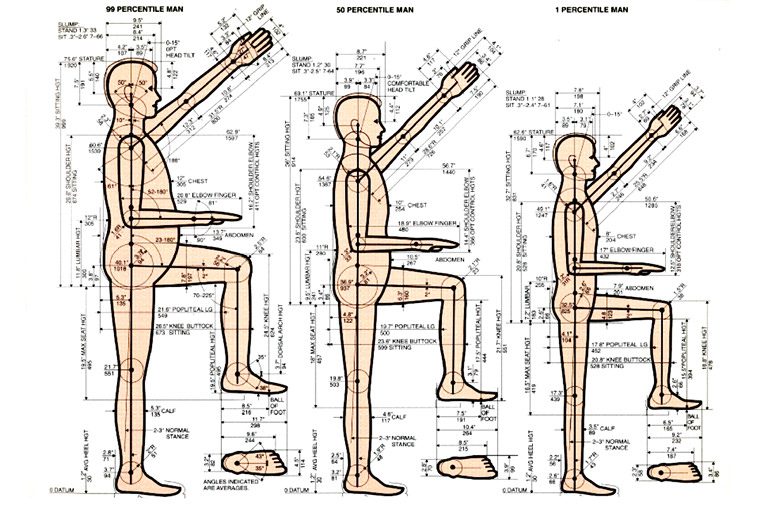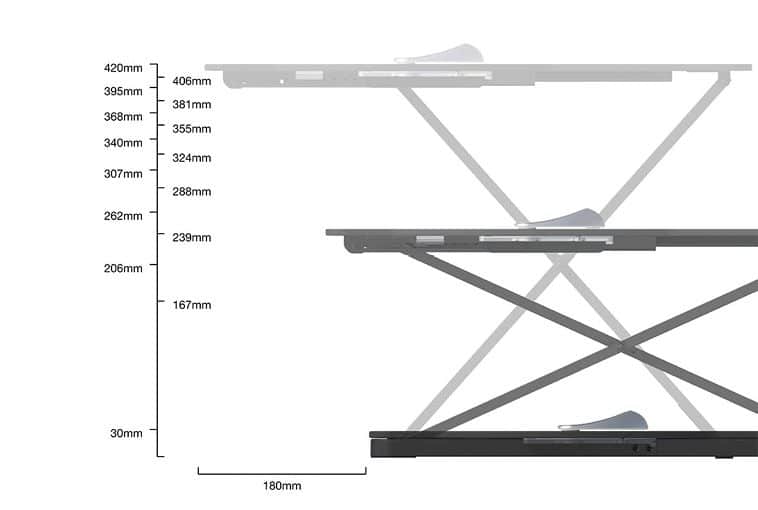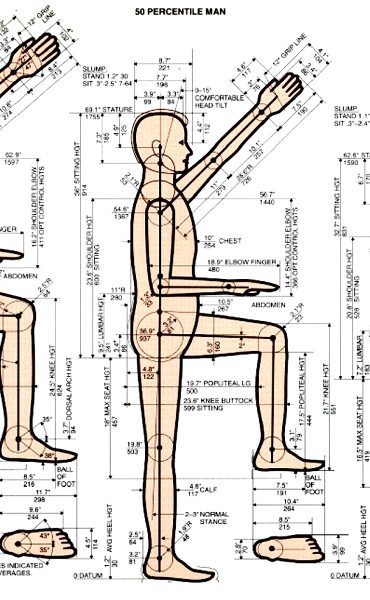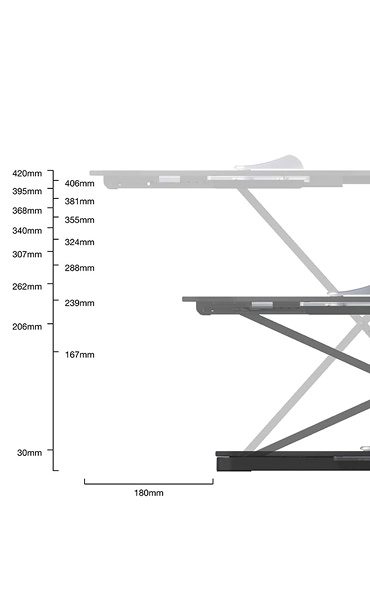Ergonomics: User-centred product design
Human factors
Ergonomics, also known as human factors, is the science concerned with the understanding of the limitations of human performance both physically and cognitively. This is then applied to the design of products and systems to fit the people that use them.
Employing ergonomic design practices can ensure improved user experience with a product or service through safe, efficient and comfortable use. These experiences reinforce positive association with your brand and so adopting good human factors design principles is critical to the design of a commercial product.

Anthropometrics and experiential design
Within ergonomics there are numerous subcategories, for example anthropometrics refers to the measurements of people. Ensuring suitability for a range of differently sized people, commonly derived from anthropometric studies allows for optimisation of the product for the defined target audience.
User interaction or user interface is the principal tenet of ergonomics which considers the interactions between humans and machines. Designing enjoyable and frustration free user experiences serve to keep customers loyal to a product or brand. Designing a positive user experience begins with mapping out the users’ needs, which can be translated into essential features of a product.

Certification
Attaining a globally recognised seal of approval can be an important step in the success of your product. It can instil confidence in retailers and consumers to increase sales of a product.
We work closely with testing and certification facilities from an early stage in the design cycle, this is to ensure that the products comply with their relevant standards. Research into the dimensional criteria for ergonomic benefits are a common starting point for attaining certification against a certain standard.
Working to dimensional criteria set by test houses acts as a good benchmark to assess ergonomic performance which also makes the design cycle more efficient with less need for design iterations.
Ergonomics: User-centred product design
Human factors
Ergonomics, also known as human factors, is the science concerned with the understanding of the limitations of human performance both physically and cognitively. This is then applied to the design of products and systems to fit the people that use them.
Employing ergonomic design practices can ensure improved user experience with a product or service through safe, efficient and comfortable use. These experiences reinforce positive association with your brand and so adopting good human factors design principles is critical to the design of a commercial product.

Anthropometrics and experiential design
Within ergonomics there are numerous subcategories, for example anthropometrics refers to the measurements of people. Ensuring suitability for a range of differently sized people, commonly derived from anthropometric studies allows for optimisation of the product for the defined target audience.
User interaction or user interface is the principal tenet of ergonomics which considers the interactions between humans and machines. Designing enjoyable and frustration free user experiences serve to keep customers loyal to a product or brand. Designing a positive user experience begins with mapping out the users’ needs, which can be translated into essential features of a product.
Certification
Attaining a globally recognised seal of approval can be an important step in the success of your product. It can instil confidence in retailers and consumers to increase sales of a product.
We work closely with testing and certification facilities from an early stage in the design cycle, this is to ensure that the products comply with their relevant standards. Research into the dimensional criteria for ergonomic benefits are a common starting point for attaining certification against a certain standard.
Working to dimensional criteria set by test houses acts as a good benchmark to assess ergonomic performance which also makes the design cycle more efficient with less need for design iterations.

Ergonomics: User-centred product design
Human factors
Ergonomics, also known as human factors, is the science concerned with the understanding of the limitations of human performance both physically and cognitively. This is then applied to the design of products and systems to fit the people that use them.
Employing ergonomic design practices can ensure improved user experience with a product or service through safe, efficient and comfortable use. These experiences reinforce positive association with your brand and so adopting good human factors design principles is critical to the design of a commercial product.

Anthropometrics and experiential design
Within ergonomics there are numerous subcategories, for example anthropometrics refers to the measurements of people. Ensuring suitability for a range of differently sized people, commonly derived from anthropometric studies allows for optimisation of the product for the defined target audience.
User interaction or user interface is the principal tenet of ergonomics which considers the interactions between humans and machines. Designing enjoyable and frustration free user experiences serve to keep customers loyal to a product or brand. Designing a positive user experience begins with mapping out the users’ needs, which can be translated into essential features of a product.
Certification
Attaining a globally recognised seal of approval can be an important step in the success of your product. It can instil confidence in retailers and consumers to increase sales of a product.
We work closely with testing and certification facilities from an early stage in the design cycle, this is to ensure that the products comply with their relevant standards. Research into the dimensional criteria for ergonomic benefits are a common starting point for attaining certification against a certain standard.
Working to dimensional criteria set by test houses acts as a good benchmark to assess ergonomic performance which also makes the design cycle more efficient with less need for design iterations.




